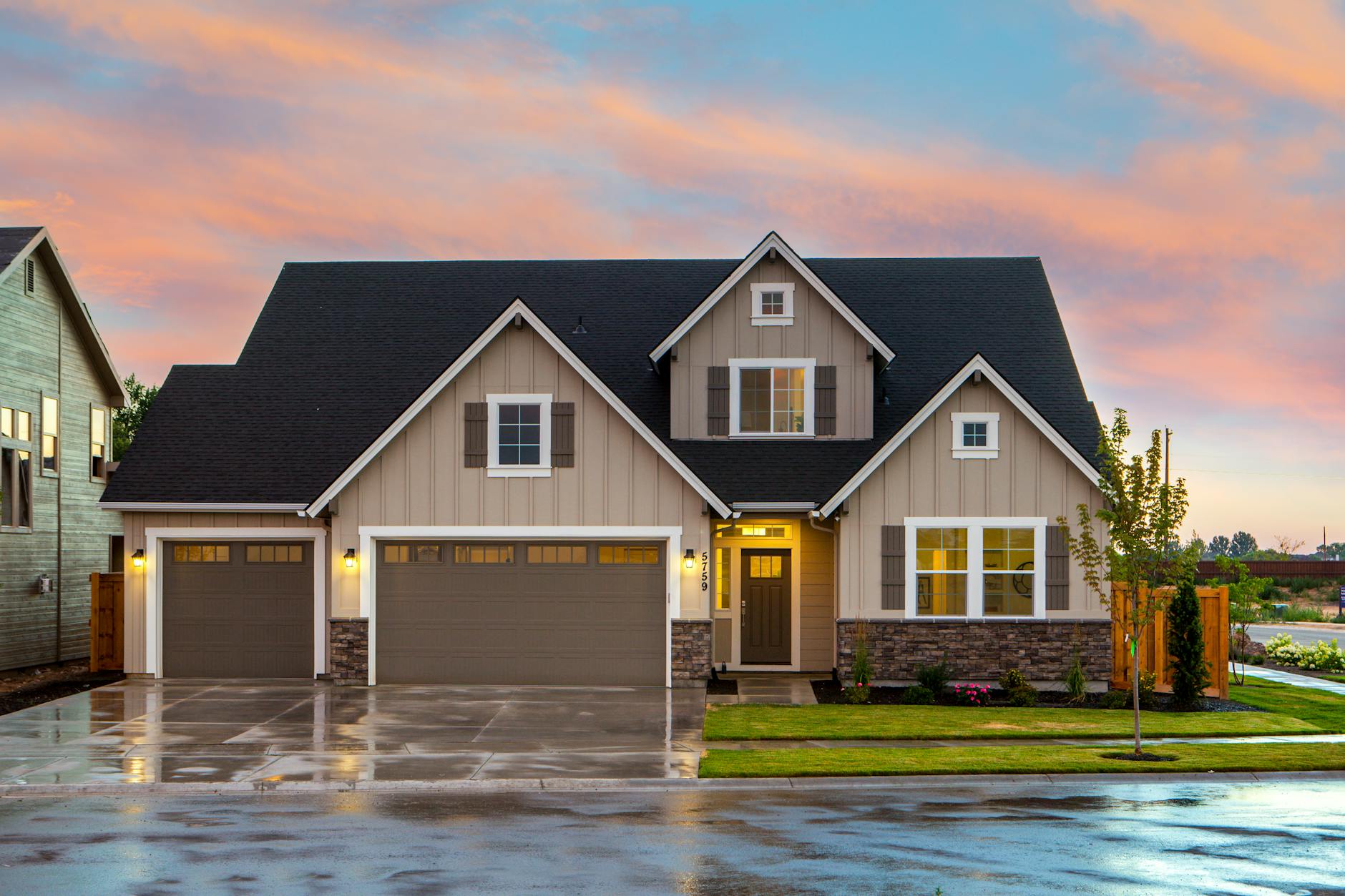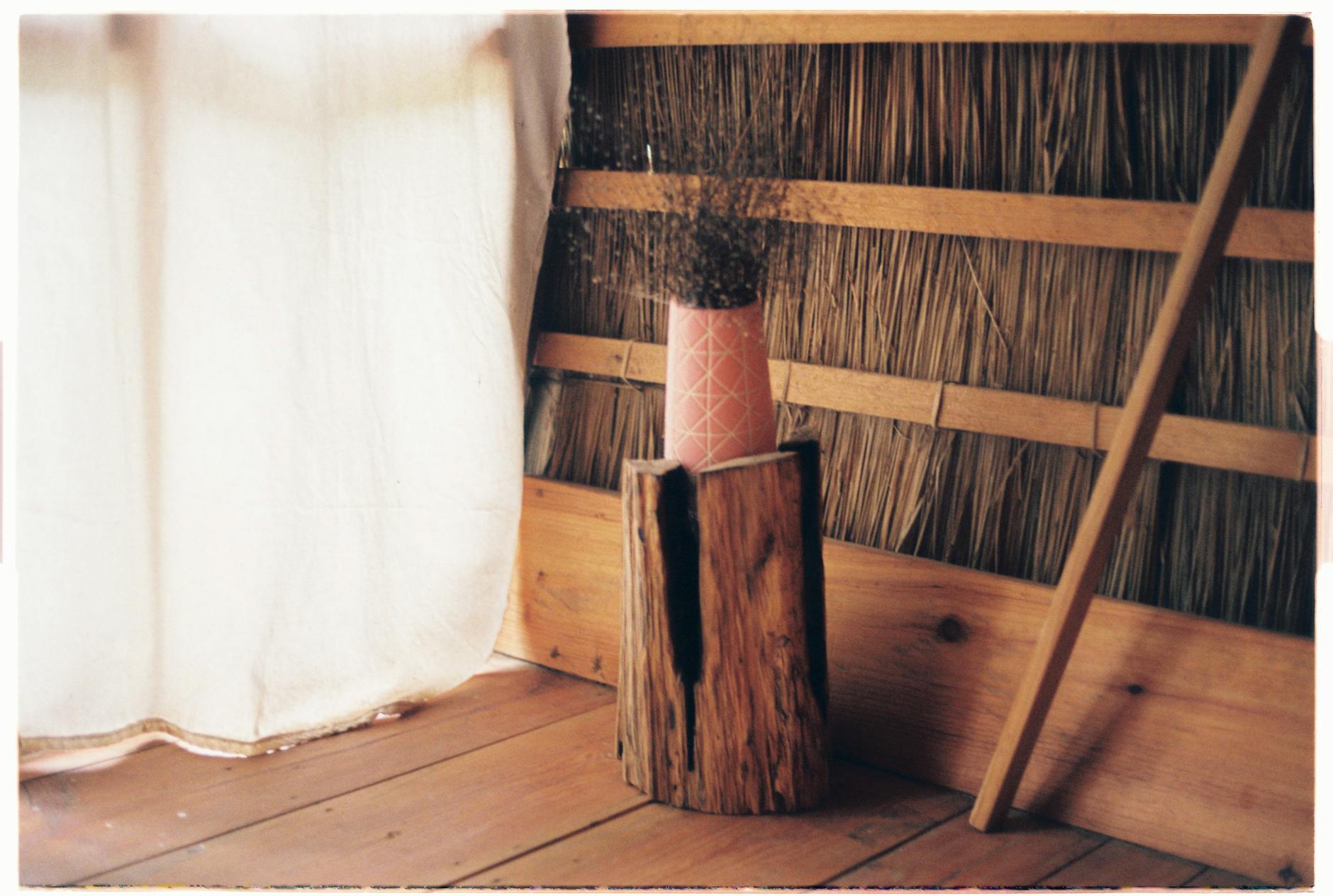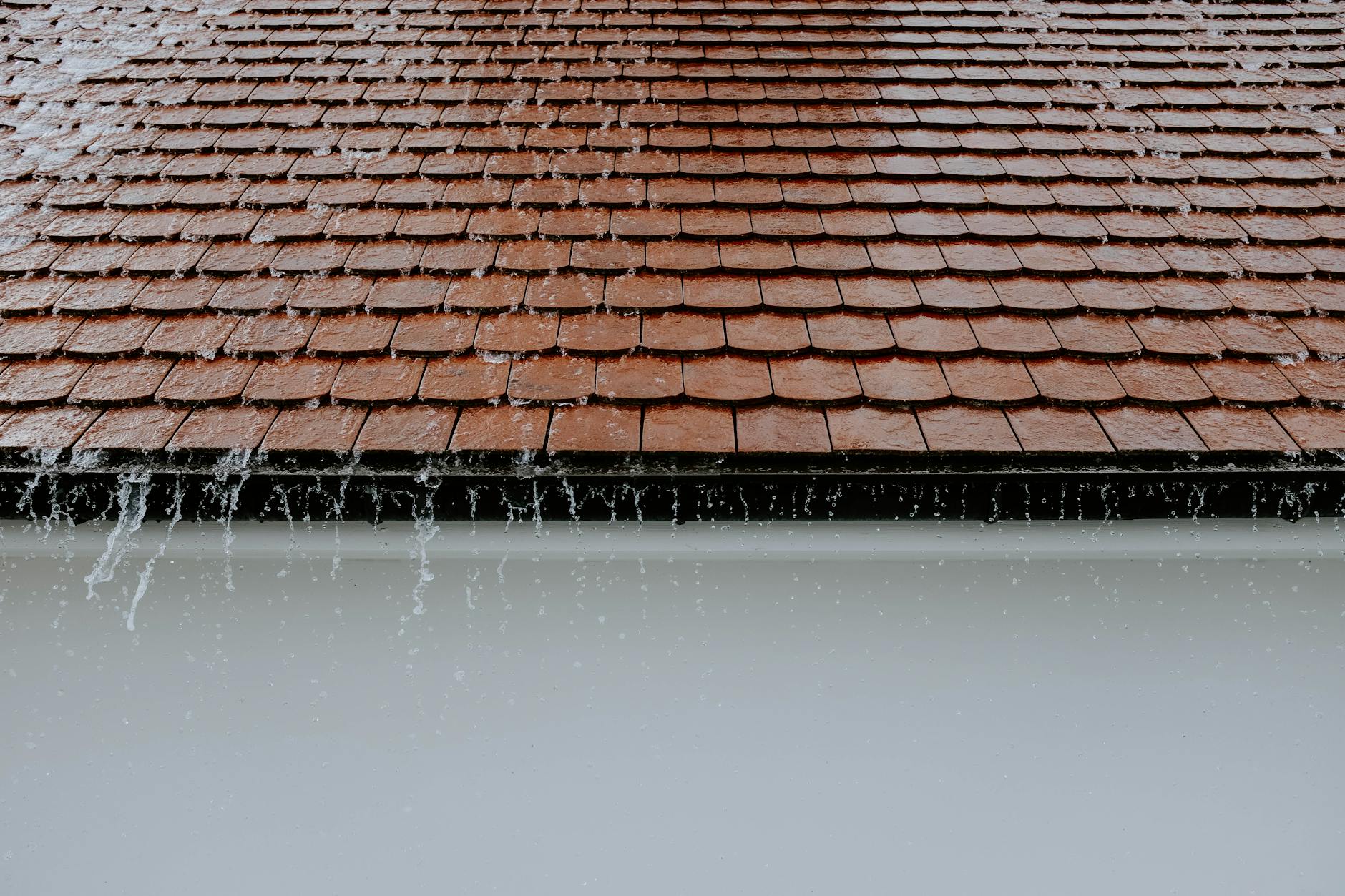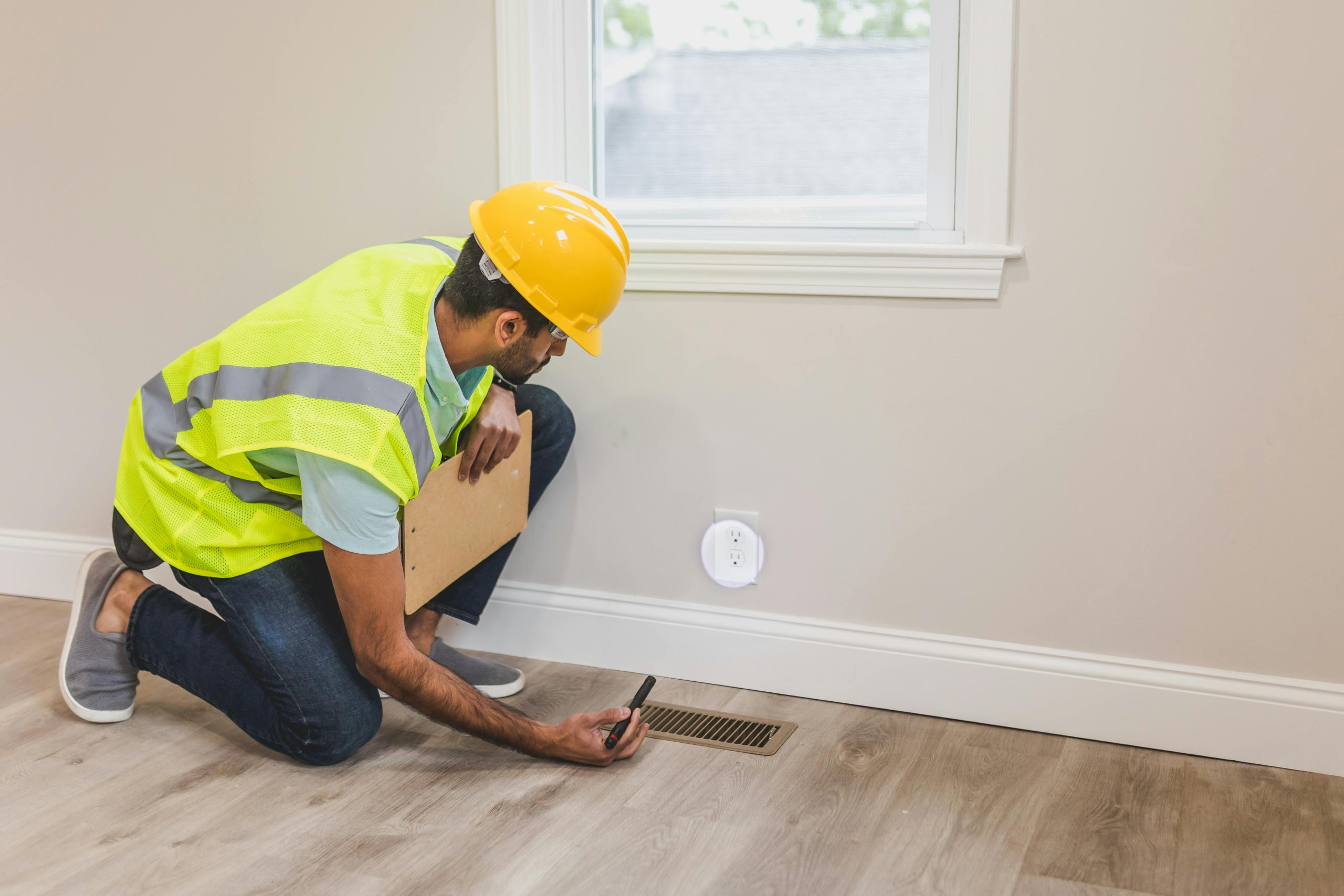With climate change, deforestation, and too much waste forcing households to rethink their way of life, the global call for sustainability has never been stronger. One of the best methods to lower your carbon footprint is to have an environmentally friendly home makeover, therefore minimizing waste and energy usage and producing a better, more efficient living area.
Simple but effective changes—such as using renewable materials, increasing energy efficiency, and adding environmentally friendly outdoor elements—can make an enormous difference in the long run in terms of savings and your home’s environmental impact.
Choosing the correct materials—especially for outdoor areas—is absolutely vital for an environmentally friendly home makeover. Starting from an eco-friendly deck is an excellent starting point since it provides both aesthetic and useful advantages without damaging the natural environment.
Companies like The Deck Store offer eco-friendly decking materials to enable homeowners to choose responsibly for the environment while improving their outdoor living area. From environmentally sourced lumber to composite wood, the choices available allow for durability and style without contributing to deforestation.
Energy Efficiency: The Key to a Green Home

Energy use in a house determines its carbon footprint among other factors. Since heating, cooling, and power use account for a significant portion of global emissions, energy efficiency becomes a major focus in any environmentally friendly home makeover.
A highly insulated house reduces the need for excessive air conditioning and heating. Energy waste can be greatly reduced by improving insulation, sealing air leaks, and installing energy-efficient windows. Because they last significantly longer and consume significantly less power than regular light bulbs, homeowners should think about making the move to LED lighting. Smart thermostats also enable effective control of indoor temperature, therefore guaranteeing that energy is only consumed when needed.
Solar panels are a good investment for individuals wishing to venture beyond their initial attempts at sustainability. Although solar energy has a high initial cost, tax incentives and long-term energy savings make it among the most effective green improvements accessible today.
Sustainable Materials for an Eco-Friendly Home

Traditional building and repair materials often involve environmentally harmful methods including manufacturing-related high carbon emissions and deforestation. Selecting sustainable materials will help to significantly lower the effect of your residence’s construction.
As an example, bamboo flooring is a great substitute for hardwood and is made from a rapidly renewable resource. Another great option that combines unique appeal with sustainability is reclaimed wood. For counters and tiles, recycled glass and composite materials offer sturdy, visually appealing choices free from dependence on newly obtained resources.
Made from recycled plastics and wood fibers, composite decking is something you might want to use when enhancing your outdoor area. High-quality, environmentally friendly decking products from The Deck Store reduce environmental impact while also giving the appearance and feel of natural wood.
Composite decking is a wise investment for homes looking for an ecologically conscious upgrade since it lasts much longer, requires less maintenance than traditional wooden decks, and does not help to contribute to deforestation.
Water Conservation: Simple Changes for a Big Impact

Any green home makeover must first address water conservation. Reducing home water use is a vital first step toward sustainability given growing worldwide water shortages.
You may cut down on water use without compromising performance by installing low-flow toilets and showerheads. There are more sustainable ways to water gardens and landscapes, such as using rainwater collection systems, and native plants that use far less water than lawns. By delivering moisture right to plant roots, switching to drip irrigation systems instead of sprinklers can also help conserve water.
Incorporating permeable materials in outdoor areas, such as gravel or permeable pavers, helps to avoid water runoff and lets rainwater be naturally absorbed into the ground, therefore lessening the burden on the local drainage systems.
Indoor Air Quality and Sustainable Living

Beyond cutting water waste and energy consumption, an effective environmentally friendly home makeover also includes building a healthy indoor environment. Volatile organic compounds (VOCs), which spew toxic chemicals into the air, abound in many traditional building materials and everyday products. Choosing low-VOC paints, natural cleaning agents, and furniture without formaldehyde will help to greatly enhance indoor air quality.
Another excellent natural method of organically cleaning indoor air are houseplants. While adding some color to your house, plants like peace lilies, snake plants, and spider plants help filter toxins. Another way to lessen the impact on the environment is to choose eco-friendly furniture manufactured from recycled or sustainably sourced materials.
Reducing Waste and Embracing a Circular Economy

The environmental impact of a house mostly stems from waste generation. Alarming rates of filling landfills are caused in large part by construction waste worldwide. Any environmentally conscious home makeover must focus on reducing, reusing, and recycling.
Think about upcycling or donating rather than throwing away used furniture and supplies. A house that makes use of reclaimed wood and other repurposed materials is more eco-friendly and has more personality. Buying used furniture or selecting brands that give ethical sourcing and recyclability the highest priority will help to save waste even further.
Instead of sending organic waste to landfills, composting food scraps and yard debris creates soil that is rich in nutrients, which is perfect for gardening. Opting for bulk buying, reusable containers, and environmentally friendly packaging substitutes will help homeowners to also reduce plastic waste.
The Future of Green Living: Smart Homes and Sustainability
Home sustainability is becoming more of a priority, and technology is helping to make it happen. Smart home automation lets homeowners precisely monitor and control water and energy consumption, therefore lowering unnecessary waste. A more ecologically friendly home results from smart lighting, controlled watering systems, and intelligent home monitoring equipment.
Sustainable homes will become more easily accessible and reasonably priced as green technology continues to advance. Many governments today provide tax credits for installing solar panels or rebates for energy-efficient equipment to reward homeowners who follow environmentally friendly living.
Sustainable building or renovation not only improves the surroundings but also increases property value. Modern homeowners are looking for environmentally friendly homes more and more, so a well-executed green home makeover will help a house appeal to future purchasers.










